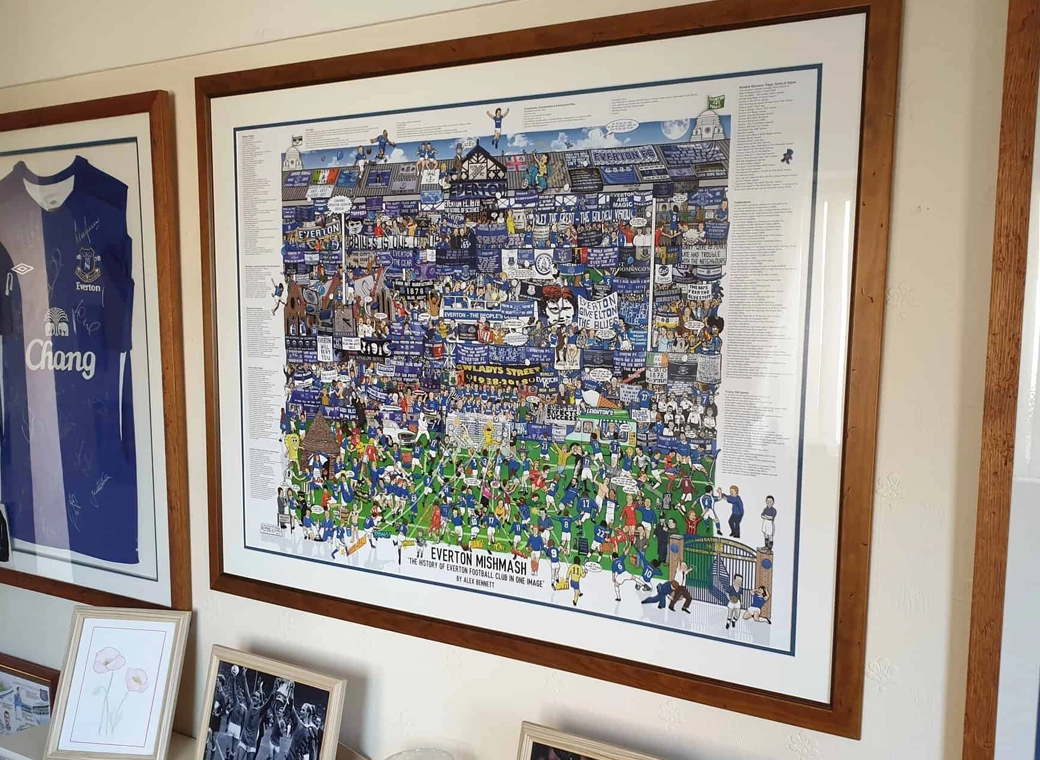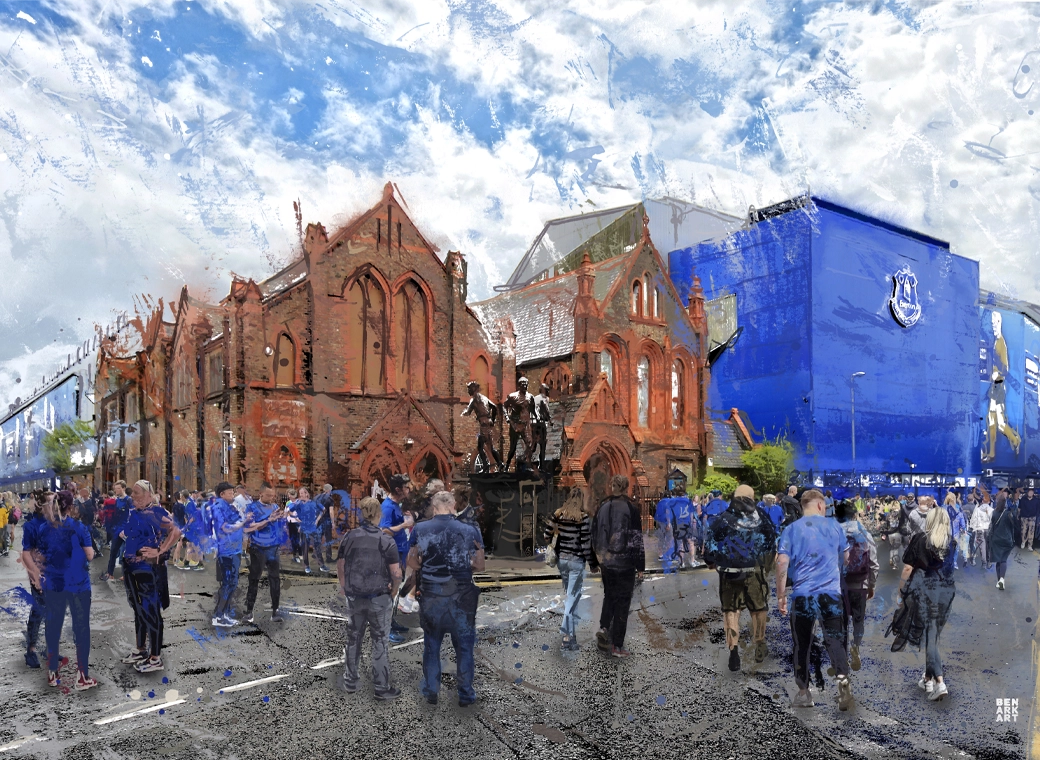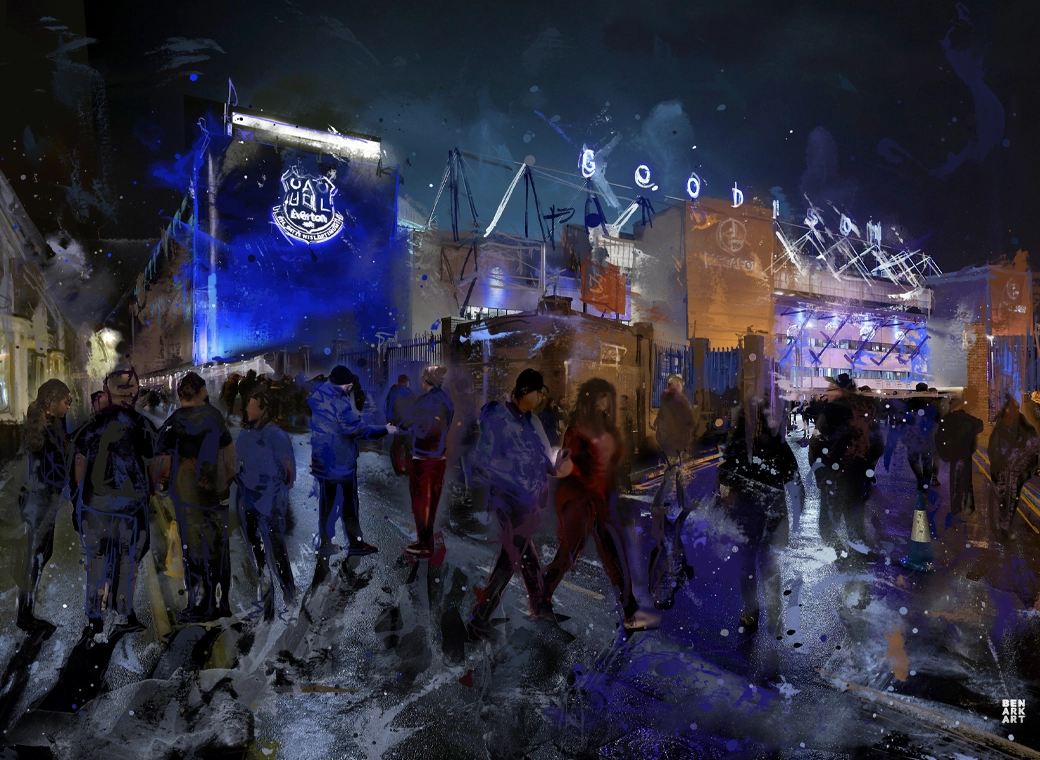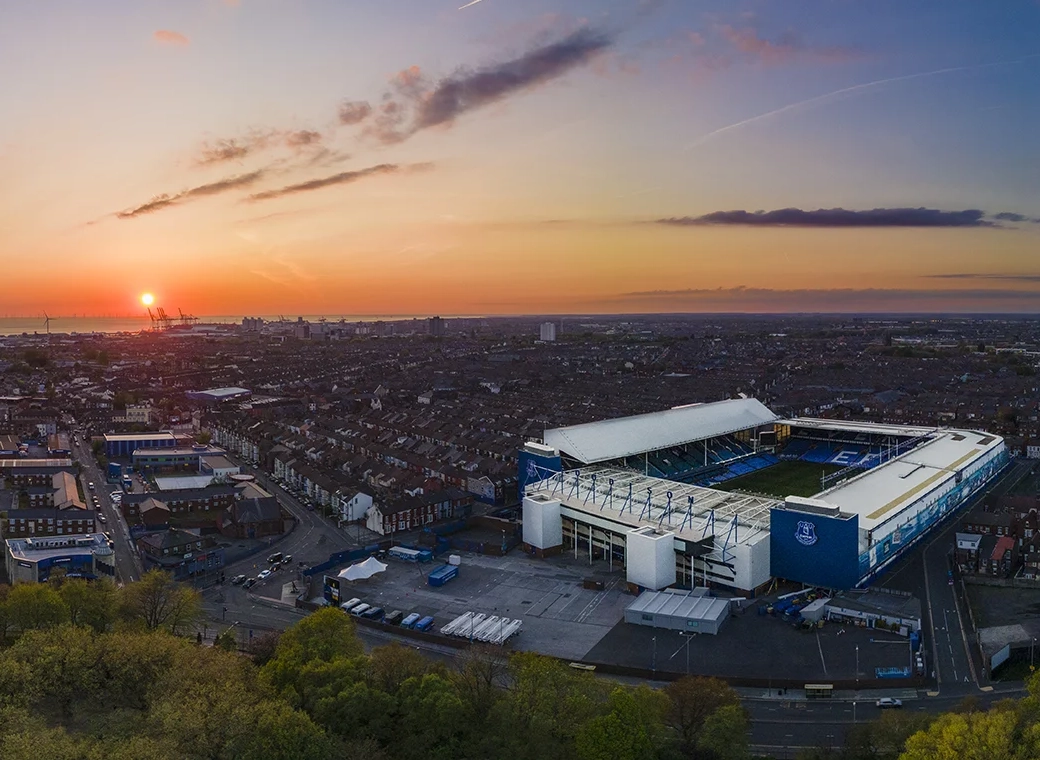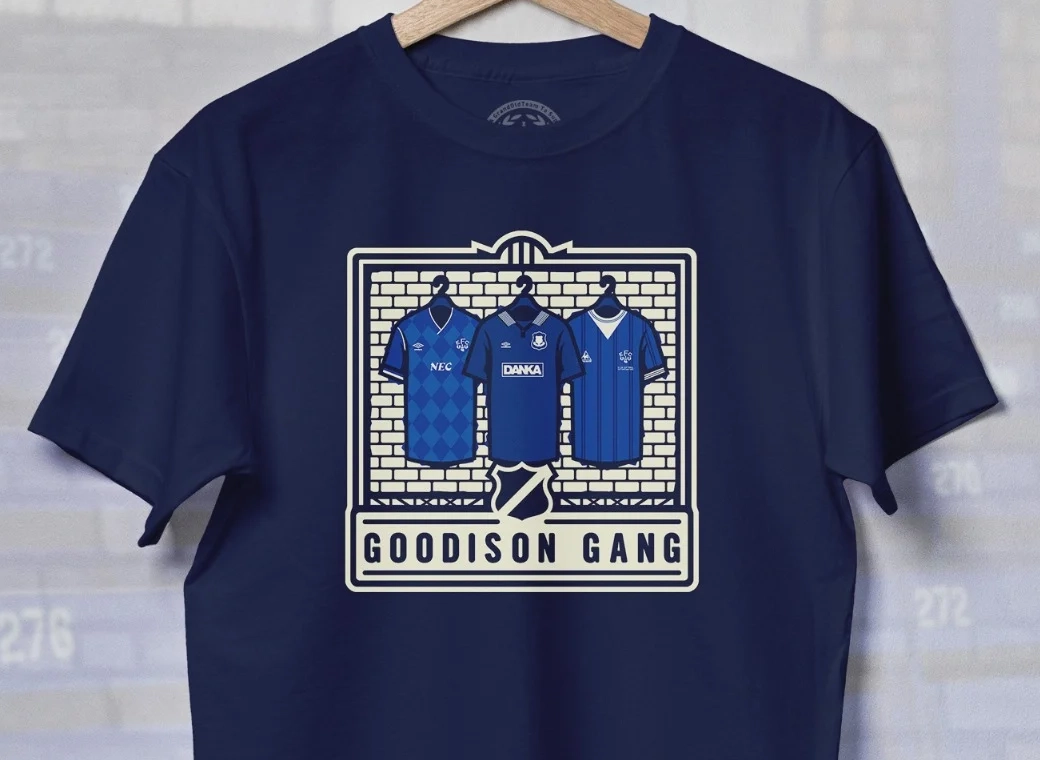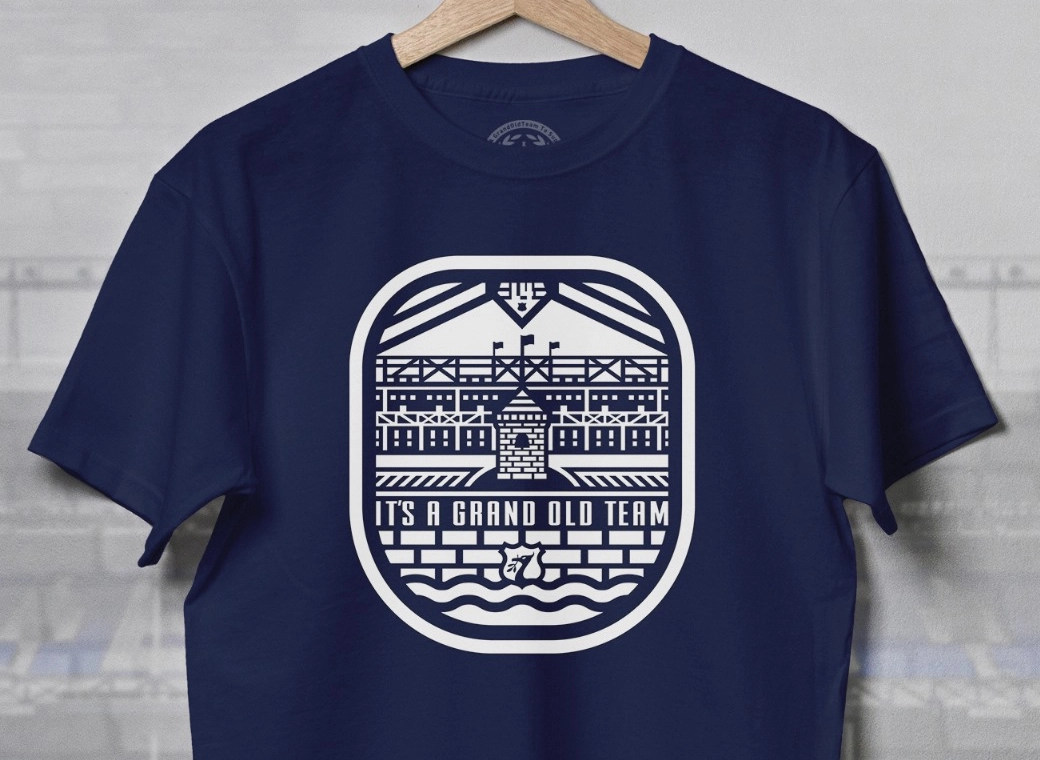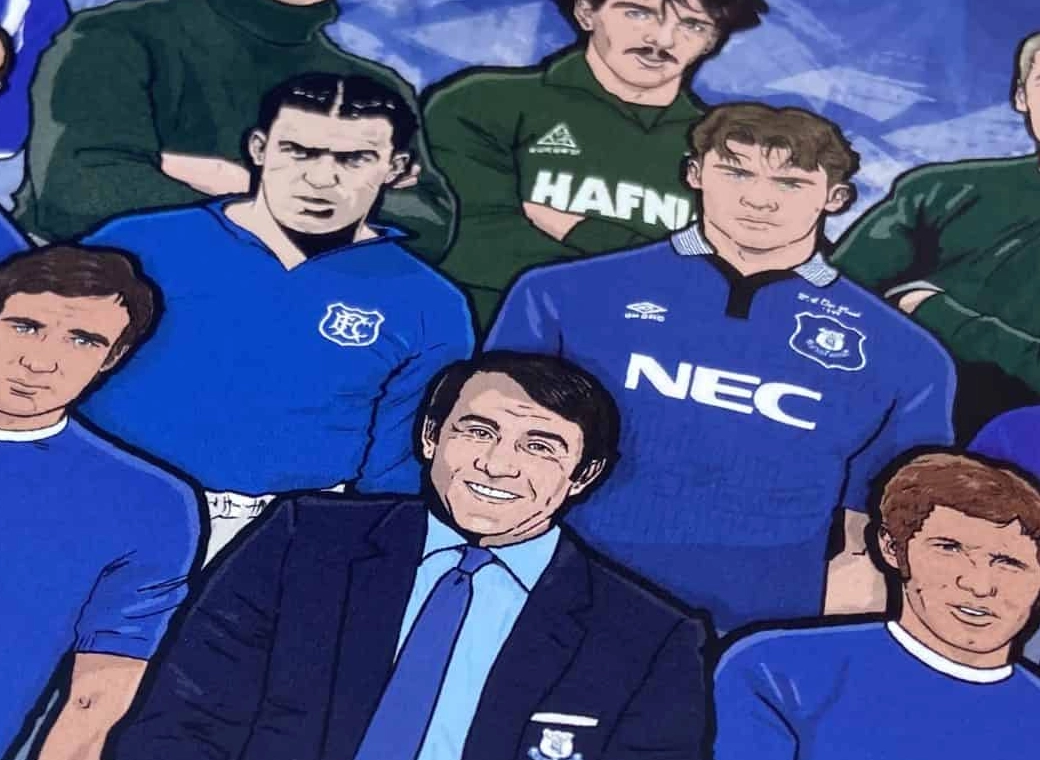TL;DR
The Difference Between a Billion Dollars
By Andy Shenk
Grasping, greedy football projects litter the globe. Almost every country has at least one, offering insight into the ambitions of its owner as well as the political and cultural values of the place. Major League Soccer, the audacious North American experiment in ‘soccer’ commercialization, offers an entire miniature army of football ventures. Elsewhere, football may be centralised in one or two elite clubs, monopolies intended to dominate.
Egypt’s Al Ahly and Zamalek, Turkey’s Fenerbahce, Besiktas and Galatasaray, Moldovan Sheriff, Cypriot giants APOEL and Anorthosis Famagusta, BATE Borisov and Dinamo Minsk of Belarus, Uzbekistan’s Pakhtakor – these are just a few examples.
Al Ahly have won an astounding 36 of 54 Egyptian league titles since 1949. Until 2010, when Bursaspor finished one point ahead of Fenerbahce in the Super Lig, Trabzonspor had been the only non-Istanbul club to ever take home the Turkish title. Real Madrid and Barcelona dwarf Spain’s La Liga, sharing 53 championships over just 81 years.
There are plenty of reasons to explain why success is often limited to a handful of lucky clubs. For most of the 20th century, authoritarian governments were known to promote certain teams above the rest. Real Madrid enjoyed the favour of the Franco administration; Steaua Bucuresti had the personal support of Romanian president Nicolae Ceausescu in the 1980s, when it won five consecutive domestic titles. In the Soviet Union, the Top League consisted primarily of clubs from regional centres – Minsk, Kiev, Yerevan, Vilnius, Tbilisi, Baku, Moscow – each promoted by their local government to represent the republic.
Major metropolises also tend to attract the most dominant clubs more organically. With most of a nation’s wealth centralized in cities such as Nicosia, Cairo, Istanbul, Moscow, football clubs based there have the best chance of attracting talent, fans, and sponsors.
Moscow, one of the world’s five largest cities, provides stark proof of the control a metropolis can exert over domestic football, even in a nation as large and wealthy as Russia. During the Soviet period, Moscow clubs won the league title 61% of the time. That figure has risen to 70% since the break-up of the USSR. Even worse for provincials seeking a breakthrough, Moscow currently features four Premier League clubs, Spartak, Dinamo, CSKA, Lokomotiv, with another four teams from Moscow and the surrounding province having reached the top level in the last 20 years – Khimki, Moscow, Saturn and Torpedo.
In recent decades, money has given elite clubs an almost unbeatable advantage. Though British football lists 23 different league champions dating back to 1889, global brand Manchester United has won 12 titles since 1993, with a 13th in 2013 all but guaranteed. Since Atletico Bilbao won its last La Liga title in 1984, Barcelona and Real Madrid, the world’s two most valuable clubs according to Forbes, have split 23 of 27 championships.
The Champions League, though remarkably competitive on its own, is little more than a thinly-veiled welfare program for Europe’s wealthiest clubs, helping to ensure their dominance domestically with annual cash infusions.
Football inequity, particularly for fans that grow up cheering on the local, provincial club, can be maddening. There’s one simple reason for why Barcelona has 41 million-plus ‘likes’ on Facebook and Real Zaragoza, despite playing in the same league, counts only 20 thousand. Barcelona wins a lot more football matches.
Germany and England may be the only countries in the world where supposedly second-rate clubs receive nearly the same level of support as the elite outfits. With the two most popular football leagues in the world, averaging 45,000 and 35,000 fans per game respectively, attendance in the nations’ second divisions jumps out even more. The Bundesliga 2 and Football League Championship bring in about 17,000 fans per game, just slightly below attendance in the top divisions of Chinese, Dutch, American, French and Argentinian football.
It’s not that football is that much more popular with Germans and Brits than it is with Spaniards, Argentinians, or Italians. No, these nations are at the top thanks in part to economic prosperity, but, more importantly, clever marketing and invested club ownership.
With England and Germany marching steadily down two different paths, successful in their own ways – global marketing and star power VS fan investment and club loyalty – Russian football hopes to forge its own identity, one that will popularise the domestic game, build up the national team and perhaps somewhat loosen Moscow’s iron grip on the sport.
For the country with the world’s largest land mass, big projects are part of the national psyche. Sometimes they succeed and other times they fail miserably. The czars built the longest railroad in the world, the Trans-Siberian, over thousands of miles of nearly deserted steppes and forests. Stalin planned to erect a 420-meter-high tower, capped by a statue of Lenin in downtown Moscow, on the site of the destroyed Christ the Saviour Cathedral. When swampy foundations and World War II doomed the project, as well as budget restraints, an open-air swimming pool was installed amongst the abandoned foundations.
Soviet scientists developed nuclear weapons, sent the first man into space, and made many of the twentieth-century’s greatest scientific breakthroughs. In recent decades, Russia has become one of the world’s largest natural gas and oil exporters, building enormous pipelines through Siberia into Western Europe in pursuit of bigger and bigger profits. Outside of Moscow and St. Petersburg, however, modern infrastructure rapidly falls away, with much of the country’s industrial and agricultural potential yet untapped.
Russian football has not been immune. The Soviet Union’s international achievements in the 1950s and 1960s remain unmatched in the nation’s history. Led by legends such as Lev Yashin, Valery Voronin, Igor Netto and Eduard Streltsov, the national team won the 1956 Olympics, 1960 European Championships and advanced to the semifinals of the 1966 World Cup.
Football was highly political in those days. Dinamo clubs, such as the ones in Moscow, Kiev and Tbilisi, had close connections to the secret police. CSKA Moscow served as the official Army club. Though any connection to the Russian armed forces has long since disappeared, the club is referred to as the Army Club and its players as Army Men. Lokomotiv is still controlled by the state-run Russian Railways. Spartak Moscow was the only major club without a direct link to the state, and earned massive support in Soviet society as the ‘people’s team’, but was somehow able to offer shady incentives to its players.
Club politics were murky and corrupt, but the fans loved to come to the stadiums anyway. Deep-seated rivalries between Moscow and Kiev, St. Petersburg and Donetsk and elsewhere contributed to average attendances of over 30,000 during the 1960s. Interest gradually waned in the Soviet Union’s final years, but 26,000 still showed up on average in 1987.
A few years later, the Soviet empire, and much of Soviet society, collapsed for good. Deep economic recession in the newly-formed Russian Federation, as well as the loss of the old inter-republic rivalries, meant that interest in football plummeted. It took until 1996 for the Russian league to top 10,000 in average attendance. It’s been stuck near that mark ever since.
Recently, however, there have been glimpses of a possible revival. Zenit St. Petersburg, in complete disarray during the early 1990s, have emerged in the last 10 years as one of the nation’s premier sides and a growing force in Europe - this season’s hiccups aside. Lokomotiv have regressed since topping the league in 2002 and 2004, but all four Moscow clubs currently in the Premier League regularly challenge for Europa and Champions League places. It’s in the other regions, though, that change is most promising. Rubin Kazan, champions in 2008 and 2009 and the only Russian club still alive in Europe this spring, have established themselves among Russian football’s elite. The team moves into its brand-new 45,000 seat stadium this fall.
Down south, Terek Grozny and Kuban Krasnodar are among the league leaders in attendance and will both challenge for Europa League places this spring. Terek moved into its own new digs in 2011, the 30,000-seat Akhmat Arena. Kuban have plans for one, too,
Still, it’s two of Russia’s richest men, Sergey Galitsky and Suleiman Kerimov, that are pushing the envelope most when it comes to Russian domestic football.
Sergey Galitsky, FC Krasnodar’s charming, eccentric, billionaire owner, rarely misses a match at Kuban Stadium, the facility his five-year-old club rents from crosstown rival Kuban. The Soviet-era arena, like almost every other football stadium in Russia, has no roof and hardly any amenities. It is big, though, seating 35,000 with 50,000-plus reported to have shoved their way in on occasion during the early 1980s when Kuban competed in the Soviet Union’s top league.
Kuban still draw big crowds. Krasnodar, competing in Russia’s top flight for just the second season, average just over 10,000 per game. Mr. Galitsky is building a football club from scratch and attracting fans in Russia’s second city to boast more than one Premier League team is just one of many concerns.
Krasnodar made its start in 2008, competing in the Yug region of Russia’s third-tier Second Division. The team ended the season in 3rd, but jumped to the First Division in 2009 after several clubs declined promotion due to financial trouble. Two years later, just in time for the mammoth 2011/2012 15-month season, Krasnodar bolted for the Premier League, invited to replace financially insolvent Saturn Ramenskoe, despite finishing 5th in the First Division.
The narrative sounds rather fishy, but, then again, very little runs like clockwork in Russia. Financial instability is a common problem for football clubs, challenged by minuscule revenues and the need for ever-expanding budgets to stay at least somewhat competitive with the elite. Adding one more committed billionaire to the Premier League was too good an opportunity for bigwigs to pass up.
The Krasnodar promotion unfolded just as Dagestani billionaire Suleiman Kerimov completed a takeover of Anzhi Makhachkala. Located in the Dagestani capital, Anzhi already had a place in the Premier League, thanks to promotion the year before, but Kerimov had much bigger plans lined up for Anzhi than a modest mid-table existence. The players moved to a fancy base outside Moscow (ironically, Saturn’s old digs), while plans for not one, but two modern stadiums in Dagestan were unveiled, and the complete revamping of the roster, headlined by former Brazilian international Roberto Carlos, began.
Mr. Kerimov and Anzhi, understandably, stole a bit of Krasnodar’s thunder; not that Sergey Galitsky really cared. While the Dagestanis were splashed across the tabloid pages and added a few more waves to the turmoil in international football’s rumour mill, Krasnodar brought manager Slavolyub Muslin, former Lokomotiv and Khimki boss, on board and continued its investment in the youth academy that Mr. Galitsky hopes will one day produce the stars Anzhi were snapping up left and right on the transfer market.
Two years later, Anzhi continue to dominate the headlines. Mr. Kerimov’s investment, while far more successful in constructing an elite squad than many expected in February 2011, continues to be viewed by the general public as transparently
political. In a society that is more conscious of political hypocrisy than the average Western European or North American polity, Mr. Kerimov’s tight business connections with the Kremlin and Russian Senate seat are just too forward to not arouse suspicion.
The questions are justified, but, then again, the line between conspiracy theories and reasonable suspicion is a fine one. The self-righteous rage often spewed at Anzhi within Russia can be both short-sighted and prejudiced.
The most common critique posits that Suleiman Kerimov’s club is nothing more than a ‘politproekt’, or political project, much like Gazprom-owned Zenit St. Petersburg which, in recent years, has pumped hundreds of millions of dollars into Luciano Spalletti’s squad in an effort to win Champions League glory and spread the gospel of Russian oil and natural gas far and wide.
Instead of propagating Russian energy, Anzhi’s Kremlin mission is said to be pacifying the restless Dagestani natives, who are on the brink of full-scale civil war down south. The Anzhi circus, featuring Roberto Carlos, Samuel Eto’o, ringman Guus Hiddink, and now Brazilian starlet Willian, is simply a more innovative method of flushing Russia’s mineral wealth (who are we kidding, say the critics, Kerimov’s wealth was clearly filched) into another corrupt republic of the North Caucasus.
Of course, the same could be said of clubs such as Lokomotiv, Spartak, Dynamo, all of whom are owned by major Russian corporations, or, in Rubin’s case, the Republic of Tatarstan. Are their annual deficits, running tens of millions of dollars, really of no concern to the average Russian citizen?
It’s difficult to understand what Anzhi, and, for that matter, Zenit critics mean by the term ‘politproekt’. The Russian club that can pay its bills without resorting to regular massive cash infusions from its owner has yet to be found. As for Anzhi’s political undertones, Russian football is rife with scandal, dating back at least to the 1930s when Lavrenty Beria, the Soviet Union’s secret police chief, intimidated Dynamo Moscow opponents in every manner possible, including torture and arrest.
Match-fixing, Anzhi’s second alleged crime, is a more sinister claim. One match, a 2-1 victory last November over Amkar, is still under investigation by the Russian Football Union because of suspicious betting activity on Anzhi prior to the match.
While discontent surrounding Mr. Kerimov’s use of his personal wealth is easier to dismiss, claims that Anzhi have cheated their way to the top, if confirmed, would undermine the entire operation. The club, after all, loves to talk about its program of transparent economic and social change in Dagestan. Crooked backroom dealing, conversely, would indicate that club executives really only care about winning and taking home hefty paychecks.
Whistle-blowing, though, is quite often a double-edged sword. Amongst all the uproar over the Amkar – Anzhi match, plenty of observers admit that match-fixing in Russia, if it does exist, is almost certainly not contained to one club. Referees, former players, even Sergey Galitsky admit corruption’s presence at the highest levels of the sport.
The Russian Football Union continues to promise investigating corruption allegations, but so far only a couple of fixed lower-division matches from several years ago have been exposed. If more wrongdoing is revealed, the biggest question will be whether the clubs punished are simply the scapegoats for a nation’s crimes. ‘Politproekts’ like Anzhi and Zenit would be among the most popular victims, if the Russian public gets to make the choice.
In the 2013 Forbes ranking of the world’s richest individuals, Sergey Galitsky passed up Suleiman Kerimov, gaining $3.3 billion to settle at $8.2 billion. The grocery store magnate’s football club has made modest steps of its own.
It can’t be compared to Anzhi, which skyrocketed from 11th in 2010, to 5th in Kerimov’s first season, to an appearance in the Europa League round of 16 in March and 2nd place in the Premier League this year with nine matches to play.
Still, Krasnodar finished 9th in the Premier League in 2011 and currently sit 10th, five points out of 5th and a spot next season in the Europa League. The squad isn’t likely to jump that high, nor does Galitsky particularly care. One of Russia’s most unconventional billionaires, both for his active Twitter account and wealth that doesn’t originate in Siberia mines and or on oil rigs, the owner asks only that the team improve on last season, a more than reasonable task with two points separating his club from Terek and 8th place.
Meanwhile, Galitsky’s favourite place to relax is the state-of-the-art academy he built alongside the senior squad’s training facilities. When Russia’s national team practiced at the Krasnodar base before an international friendly in November, players gushed over accommodations that rival or surpass Russia’s more famous clubs.
In February, Galitsky could be heard on the Krasnodar website providing play-by-play commentary for the youth team’s exhibition at camp in Turkey against Uzbekistan’s U-20 squad. It’s just one more example of the self-made oligarch’s enthusiasm for every level of the Krasnodar pyramid, which he claims will one day produce the club’s starting XI in the Russian Premier League.
Unlike the rest of Russian football’s oligarch cohort, Galitsky has yet to succumb to temptation and bring in a bevy of expensive European stars. It’s not that Krasnodar doesn’t buy from abroad. Against CSKA on March 17, the club fielded six foreigners, just one less than the league limit. But the transfer fees are humble, with Krasnodar even turning a comfortable profit during the winter window by selling star striker Yuri Movsisyan to Spartak for a club record 7.5 million Euros.
In many regards, Krasnodar and Anzhi are two of the most contrasting clubs plying their trade on Russia’s frozen tundra this March. Dagestani management makes no secret of its big ambitions, with a spot in the Champions League next season priority #1 in Makhachkala. Youth development is important, too, but unlike Krasnodar, whose academy opened back in 2008 and already counts 29 affiliates throughout Krasnodar Krai, Suleiman Kerimov’s academy only began operating last fall and is far smaller in scale.
Yet the many similarities between the two provincial teams are striking. To begin with, Krasnodar and Anzhi may be the leaders in football investment outside of Russia’s two largest cities, Moscow and St. Petersburg. Anzhi have already opened Anzhi Arena, a modern 24,000-seater stadium located just outside of Makhachkala. Krasnodar have plans for their own stadium, which will be privately financed in stark contrast to the many World Cup stadiums sprouting up across Russia. Krasnodar’s academy is among the nation’s best, whilst Anzhi under Suleiman Kerimov have, despite a slow start, promised to underwrite a network of football schools and academies in Dagestan.
As for the fans… As noted, Krasnodar are yet to break attendance records, but its approach toward fan support has much in common with Anzhi Makhachkala. The Dagestanis will challenge for the attendance lead next season after moving out of cramped, 15,000-seat Dinamo Stadium, and they will do so with a core fan base that consciously differentiates from the ultra fan culture present in most Russian stadiums. Anzhi’s Wild Divison, among other initiatives, discourages swearing, smoking, and intoxication in the stands and strives to provide positive support for its team rather than stir up strife with rival supporters.
It’s an approach that Sergey Galitsky actively propagates in Krasnodar. He’s direct in interviews about his distaste for rowdy, violent fans in the stands and takes strong measures to prevent them from appearing at Krasnodar matches.
But Galitsky has a much easier PR battle on his hands than Kerimov. Predominantly Muslim Dagestan, in addition to economic poverty, is at the centre of national debates over ethnicity, culture, and religion. Football-related violence has broken out in Makhachkala multiple times in the last two years, with Spartak and Zenit fans frequently in the middle of the conflicts. There’s no love lost between the aggressive, ethnic Russian nationalists that are often among visiting fan clubs and equally hot-headed Dagestani youth tired of prejudiced outsiders.
It’s important, though, to divide the actions of a few from the tolerance of many. Excesses do take place in Makhachkala, just as elsewhere, but the behaviour of its road fans, the club’s most dedicated core, has met with few complaints. The same cannot be said of every Russian club on tour.
It’s not to say that Krasnodar or Anzhi fans have any moral edge over Spartak, CSKA or Dynamo fans from Moscow. But they are different. For one, the clubs they support are little more than a blip on Russian football’s timeline. Though significantly older than Krasnodar, Anzhi, founded in 1991, is still quite young. With Suleiman Kerimov’s proclamation of a ‘new history’, the club feels even younger.
Both, in their own right, are intensely provincial in contrast to the metropolitan Moscow clubs. Anzhi players do live and train in the capital for now, but the club’s face in Russian society is distinctly Dagestani and the staggering football investments in such an economically depressed region are unprecedented. Kerimov’s Anzhi brand is unique not for the number of stars or size of its bank account, but rather its homeland, one of Russia’s most historic yet poorly understood provinces. The Dagestani fans, rightly, remain the heartbeat behind the squad and their status as one of Russia’s least popular minorities inevitably sets them apart from ethnic Russian youth growing up in the nation’s capital.
Galitsky’s Krasnodar is even more intriguing, though Western media chooses to be ignorant. For all of the billionaire’s present patience, no one builds a brand-new stadium for 10,000 fans. Krasnodar have big plans – Champions League dreams and Premier League titles among them – and Galitsky’s audacious bet is that locally-grown talent can pull it off. If he’s right, Russian football will be that much better for it. The fans attending Krasnodar matches today have yet to experience much success, but just as Galitsky’s attention is focused primarily on developing football talent, his supporters come simply to watch football. A fresh club, Galitsky calculated, means fresh blood without the accumulated agendas most fan clubs bear.
It’s the latent promise in these two projects that is most intriguing. Neither Krasnodar nor Anzhi have come even close yet to reaching the goals laid out in recent years. Anzhi will eventually need to make a permanent return to Dagestan and compete for Russian football glory from within the Muslim republic. Otherwise, the club will be little more than a hollow symbol of Dagestani pride, unable to convince a sceptical Russian public that the republic is indeed fit to live in.
Both clubs need to demonstrate that profitability is also attainable. That’s a major concern for any Russian club as UEFA’s Financial Fair Play standards take full effect in 2014, but it will be particularly difficult for two ambitious clubs. Krasnodar may be in better shape due to restrained market activity, but the club plays second fiddle to Kuban in the city of Krasnodar and hardly generates current revenue. Anzhi, thanks to hefty salaries and transfer fees, are hampered by Dagestan’s weak economy. If they want to remain at an elite level and conform to FFP standards, Anzhi must generate massive sponsor deals and TV and merchandise revenue streams.
Russian football captures some of the extremes of international football in a modern age, Krasnodar and Anzhi among them, and it’s a provincial, ‘outsider’ feel that makes these two projects so fascinating. It may be years before we know whether they fail or succeed, but the stories coming from Krasnodar and Makhachkala are already captivating.
April 12, 2013


